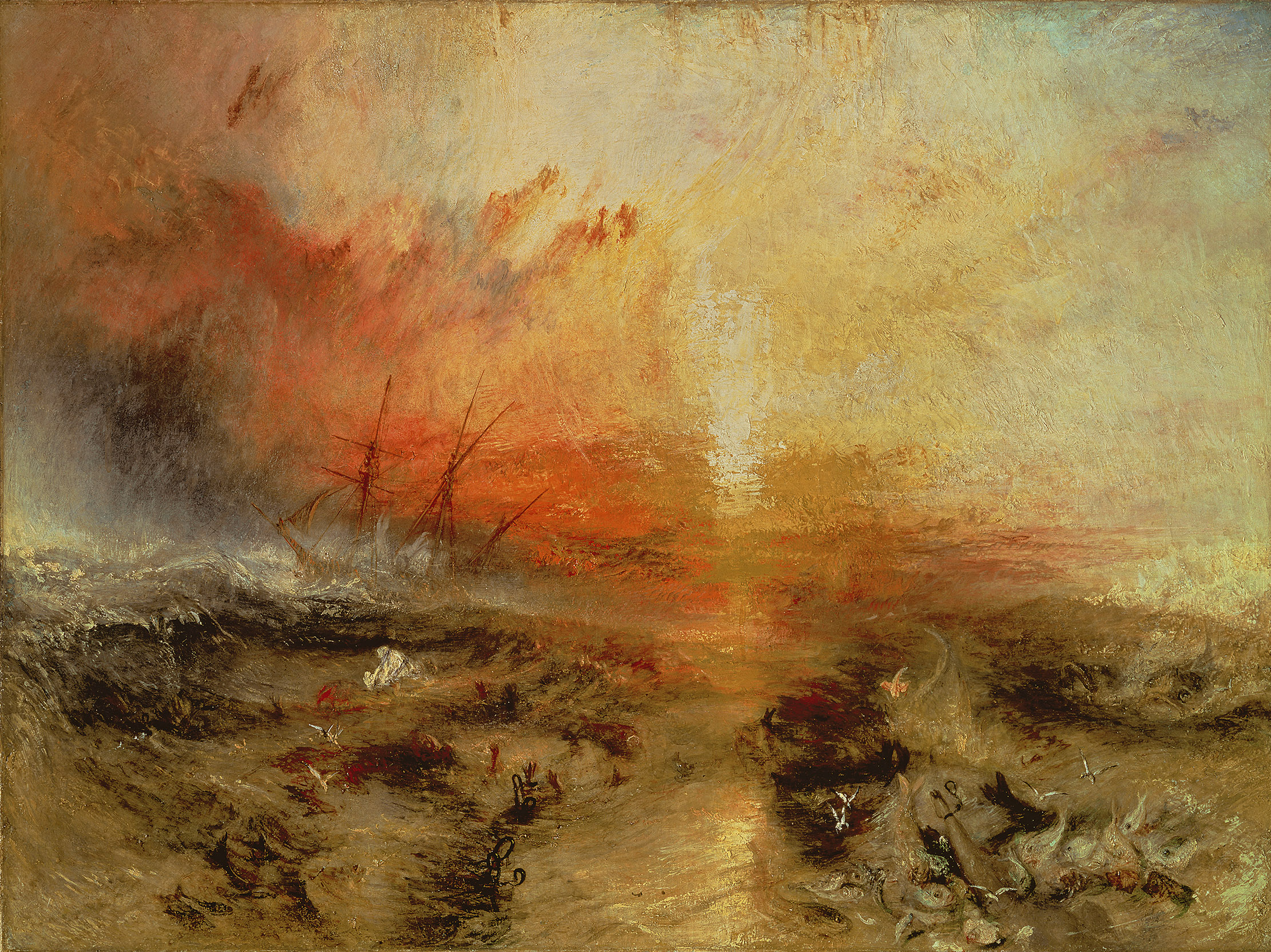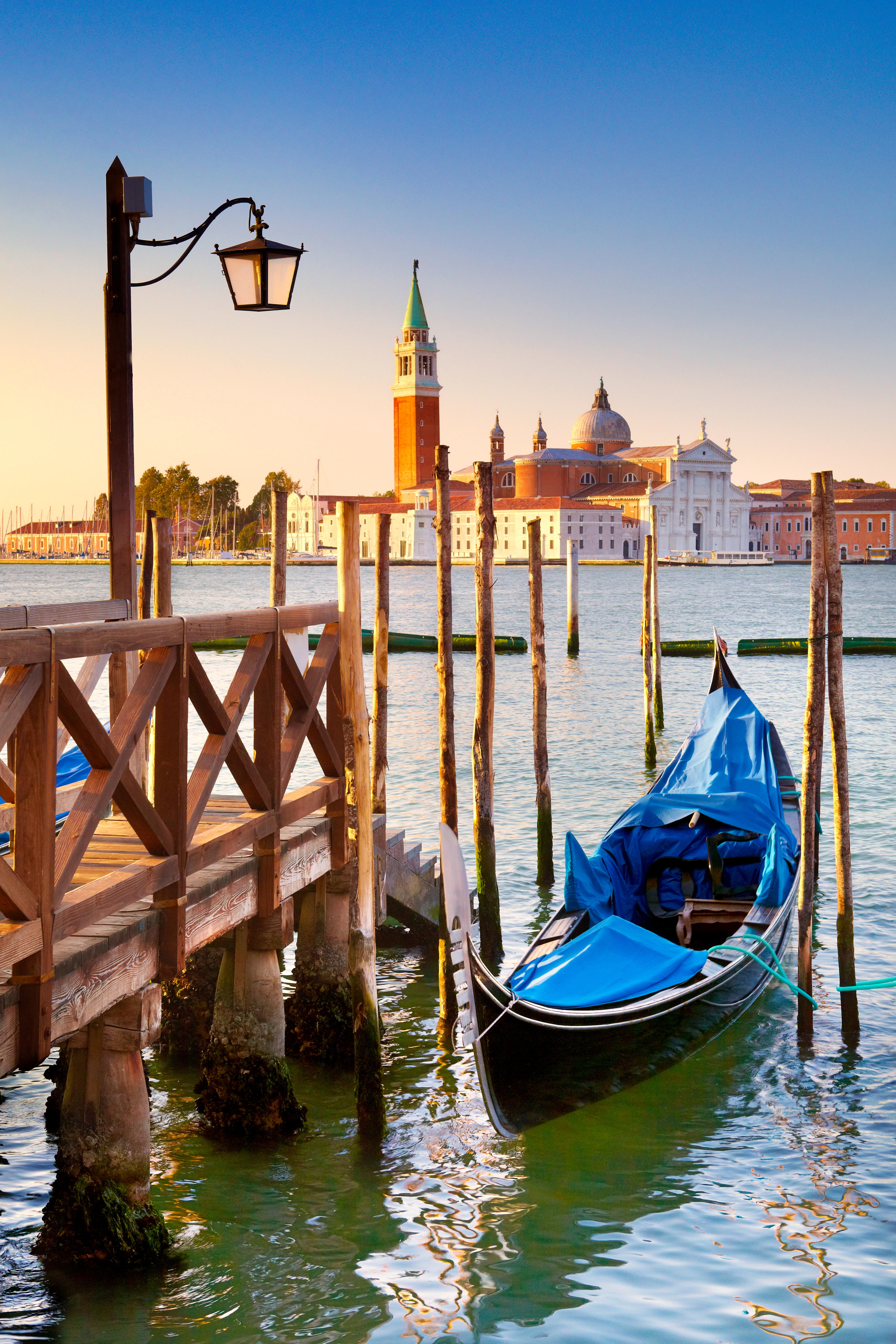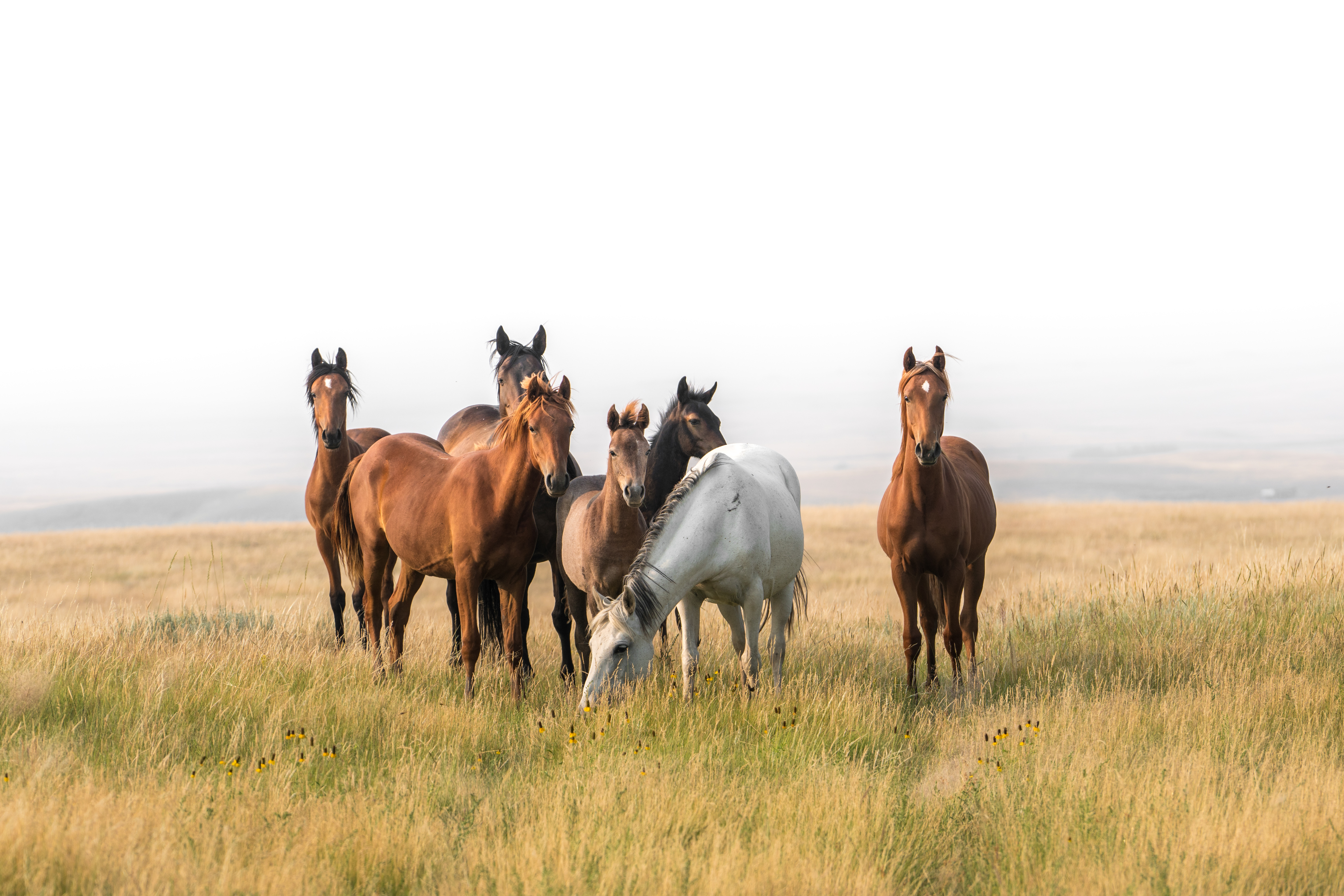My favourite painting: Gilane Tawadros
Writer and curator Gilane Tawadros chooses the harrowing Slave Ship by J. M. W. Turner.


Gilane Tawadros on Slave Ship (Slavers Throwing Overboard the Dead and Dying, Typhoon Coming On) by J. M. W. Turner
‘When Turner exhibited this painting in New York, critics ignored the subject, preferring to focus on technique and deriding the rough and unruly brushstrokes. But it reflects the artist’s personal engagement with urgent political questions of his time, such as the legacy of slavery, the human cost of war, voting rights, the impact of new technology on workers and the tension between industrial development and the environment.
‘These are still pressing questions now. Turner’s paintings have the power to haunt and move through the sheer power and beauty of the way he applied paint to the surface of the canvas, as much as the urgency and importance of the topics he addressed.’
Writer and curator Gilane Tawadros is chief executive of the Design and Artists Copyright Society and vice-chair of the Stuart Hall foundation
Charlotte Mullins comments on Slave Ship by J. M. W. Turner
When Turner was 65 years old, he painted Slave Ship. By 1840, Britain had ceased its involvement in the slave trade — indeed, was working to halt it — but other countries persisted. When the world’s first anti-slavery convention was held in London that year, Turner’s Slave Ship hung nearby, on the wall in the Royal Academy Summer Exhibition, throughout.
The painting is believed to record a tragic event of 1781, when British slave ship Zong was crossing the Atlantic from Ghana to Jamaica. Many people in the hold were ill, water was running low (so the crew averred) and a storm was approaching. The callous captain decided to throw the sick overboard to enable him to claim compensation when he reached port — insurance would cover slaves lost at sea in a storm, but not those who succumbed to illness on board. All told, more than 130 slaves were pitched into the sea, still alive and still wearing shackles, giving them no chance of survival.
Turner’s painting is a maelstrom of paint. Waves crash over the ship, silhouetted against a setting sun, as the sea churns with the desperate struggles of doomed slaves. Shackled hands clutch the air as birds and fish circle hungrily. It is a tragic painting, full of emotional charge, and it packs a heavy punch today. However, critics at the time focused more on Turner’s expressive use of colour, disliking the ‘marigold sky’ and the ‘horrible sea of emerald and purple’. A young John Ruskin felt quite the opposite and praised it highly. Four years later, his father bought him the painting as a New Year’s present.

In Focus: How Italy inspired JMW Turner
Mary Miers considers how the country that fascinated Turner from youth shaped his artistic vision.
Exquisite houses, the beauty of Nature, and how to get the most from your life, straight to your inbox.
Country Life is unlike any other magazine: the only glossy weekly on the newsstand and the only magazine that has been guest-edited by His Majesty The King not once, but twice. It is a celebration of modern rural life and all its diverse joys and pleasures — that was first published in Queen Victoria's Diamond Jubilee year. Our eclectic mixture of witty and informative content — from the most up-to-date property news and commentary and a coveted glimpse inside some of the UK's best houses and gardens, to gardening, the arts and interior design, written by experts in their field — still cannot be found in print or online, anywhere else.
-
 Hold your horses: Country Life's Quiz of the Day, July 28, 2025
Hold your horses: Country Life's Quiz of the Day, July 28, 2025Test your knowledge of playwrights, capitals and all things equine, in today's Quiz of the Day.
-
 Fancy a date at the Tate? London galleries are staying open later to fuel surging Gen Z interest
Fancy a date at the Tate? London galleries are staying open later to fuel surging Gen Z interestTate Modern, the home of contemporary art in London, has announced that they will open until 9pm on Friday and Saturday nights — after a recent surge in younger visitors.
-
 'As a child I wanted to snuggle up with the dogs and be part of it': Alexia Robinson chooses her favourite painting
'As a child I wanted to snuggle up with the dogs and be part of it': Alexia Robinson chooses her favourite paintingAlexia Robinson, founder of Love British Food, chooses an Edwin Landseer classic.
-
 The Pre-Raphaelite painter who swapped 'willowy, nubile women' for stained glass — and created some of the best examples in Britain
The Pre-Raphaelite painter who swapped 'willowy, nubile women' for stained glass — and created some of the best examples in BritainThe painter Edward Burne-Jones turned from paint to glass for much of his career. James Hughes, director of the Victorian Society, chooses a glass masterpiece by Burne-Jones as his favourite 'painting'.
-
 'I can’t look away. I’m captivated': The painter who takes years over each portrait, with the only guarantee being that it won't look like the subject
'I can’t look away. I’m captivated': The painter who takes years over each portrait, with the only guarantee being that it won't look like the subjectFor Country Life's My Favourite Painting slot, the writer Emily Howes chooses a work by a daring and challenging artist: Frank Auerbach.
-
 My Favourite Painting: Rob Houchen
My Favourite Painting: Rob HouchenThe actor Rob Houchen chooses a bold and challenging Egon Schiele work.
-
 My Favourite Painting: Jeremy Clarkson
My Favourite Painting: Jeremy Clarkson'That's why this is my favourite painting. Because it invites you to imagine'
-
 The chair of the National Gallery names his favourite from among the 2,300 masterpieces — and it will come as a bit of a shock
The chair of the National Gallery names his favourite from among the 2,300 masterpieces — and it will come as a bit of a shockAs the National Gallery turns 200, the chair of its board of trustees, John Booth, chooses his favourite painting.
-
 'A wonderful reminder of what the countryside could and should be': The 200-year-old watercolour of a world fast disappearing
'A wonderful reminder of what the countryside could and should be': The 200-year-old watercolour of a world fast disappearingChristopher Price of the Rare Breed Survival Trust on the bucolic beauty of The Magic Apple Tree by Samuel Palmer, which he nominates as his favourite painting.
-
 My favourite painting: Andrew Graham-Dixon
My favourite painting: Andrew Graham-Dixon'Lesson Number One: it’s the pictures that baffle and tantalise you that stay in the mind forever .'
